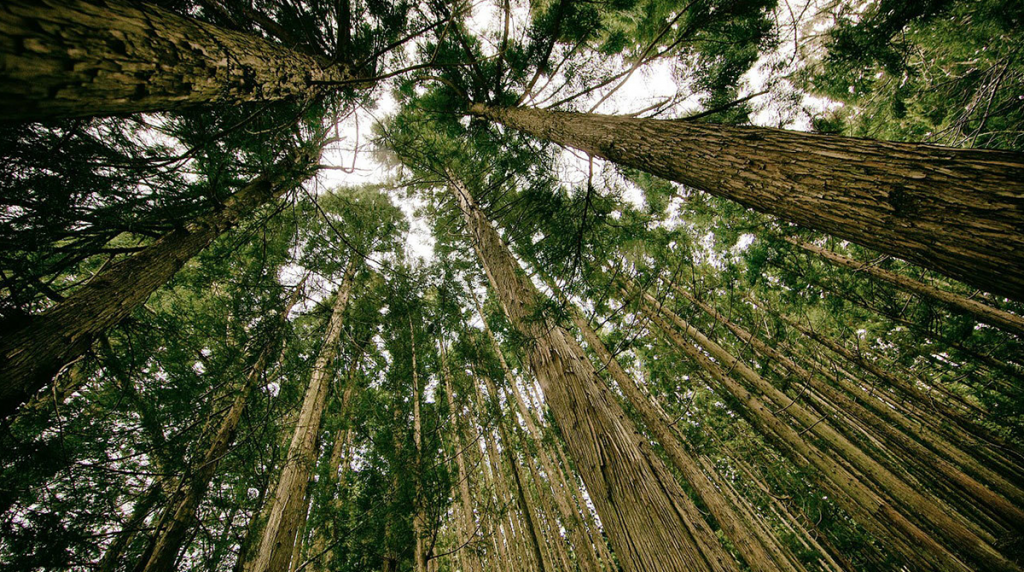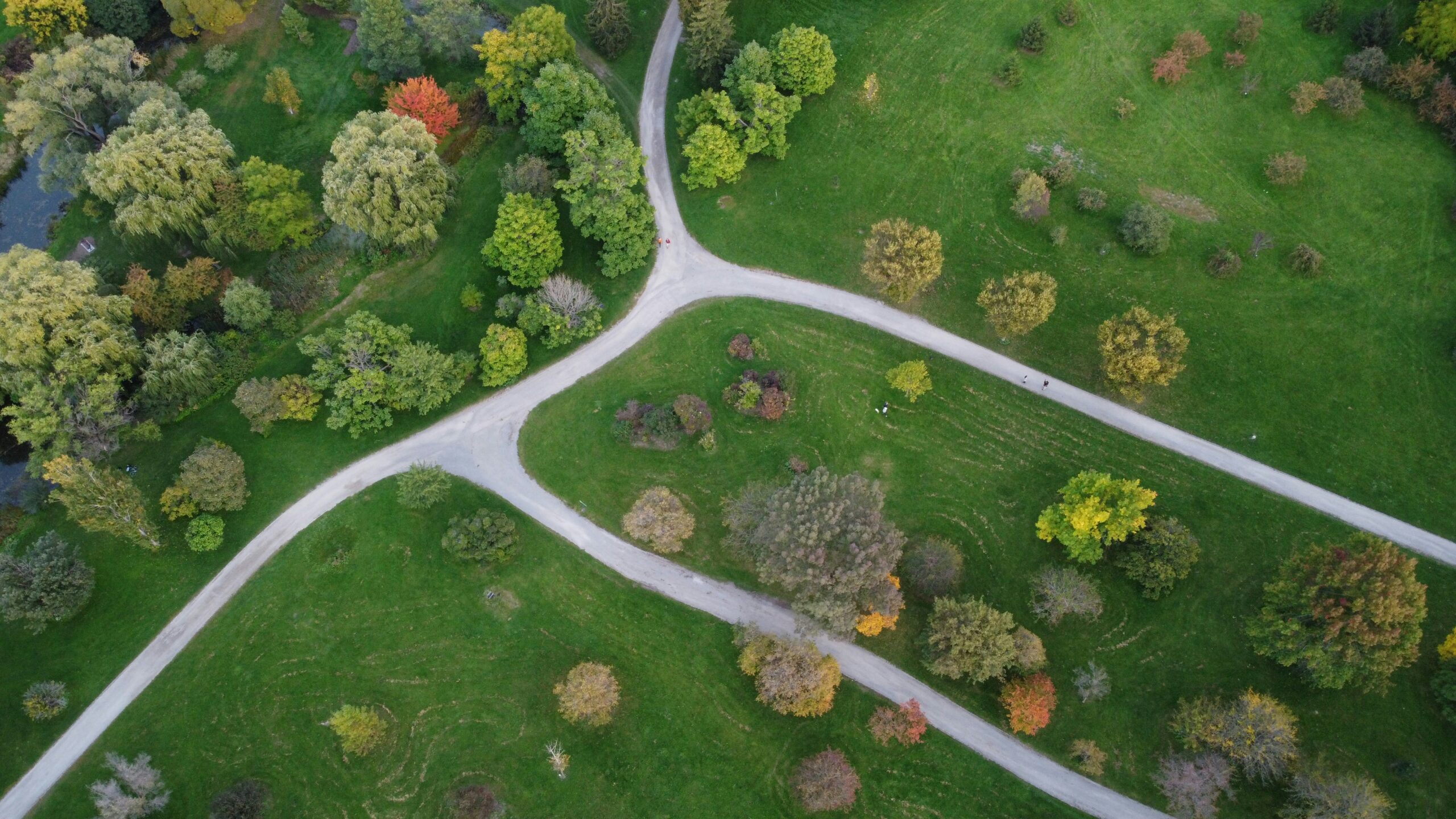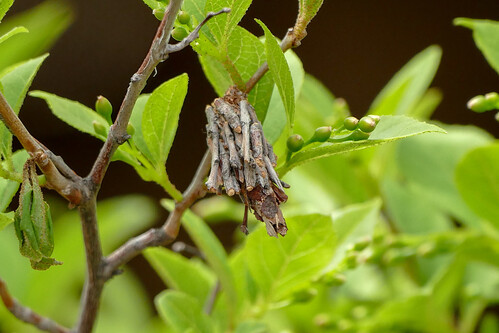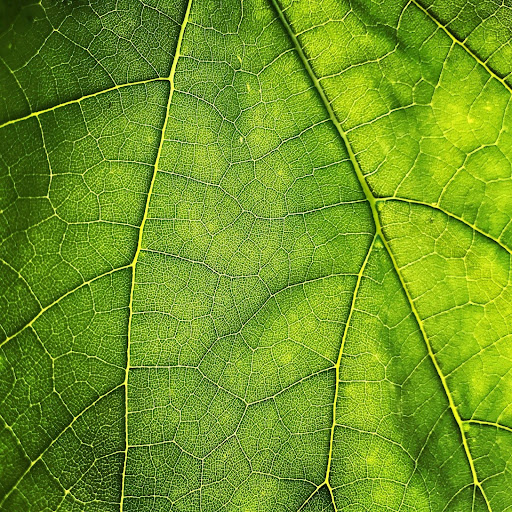
Date November 05, 2020
Category
Climate change is affecting the growth and productivity of trees in many destructive ways. Rising temperatures, decreasing rainfall, increasing CO2 levels, violent storms, insect infestations, and other factors caused by climate change are all putting trees under increasing stress, if not killing them outright. Rising air temperatures, for example, are lengthening the growing season as much as three weeks per year. That increases the tree’s growth rate, but studies suggest that the higher temperatures, along with CO2 pollution from automobiles and farms, are actually making the trees’ wood weaker. Trunks and branches break more easily, lumber is not as strong, and trees are more vulnerable to insects and diseases.
The negative effects of global warming can, however, be mitigated through proper irrigation, soil improvement, and nutrition such as that provided by TreeNewal’s tree maintenance programs. But where this level of care is not provided, the outlook for the health and longevity of trees in this era of global warming is daunting.
In Your Landscape
The effects of climate change on your trees can be immediate or delayed up to ten years and negatively affect your trees for decades. Recent studies on tree development, architecture, and growth indicate that these delayed detriments could be due to poor tree crown development caused by repeated droughts. Conducted during the period between 1995 to 2010, the studies also looked at the growth of bole, branch and root length, leaf, needle and rootlet development, and flowering and fruiting.
Most of these traits were shown to have decreased. Shoot length, ring widths, needle lengths, and branching rates all showed reductions, as did the production of female reproductive organs. One pine species studied that weathered a heatwave in 2003 lost 25 to 40% of their needle length over the previous year and took four to eight years to recover.
Successive drought years between 2003 and 2007 led to a clear fall in all growth and architectural parameters, including branch length and tree height, branching rate, growth ring width, needle number, and needle length. They all reached very low values during this period. These reductions could be clearly attributed to climate change.
Leaf Size
The size and number of leaves on a tree determine how much photosynthesis can occur and thus how much the tree can grow. Leaf size is directly related to climatic conditions. In 2003, the leaf development and needle growth of trees under study stopped at the end of spring due to extreme drought. While needle length depends on the climate of the year of their development, needle width and thickness depend on a twig, the diameter, and the tree’s general health status, which are also climate-related. So many species did not recover until 2007.
Ring Width
Ring width is an indicator of growth and directly related to the tree’s hydration. This measure was found to have also decreased during the period from 2004 to 2007. Ring width was found to be less variable than shoot length but not in pines that suffered a sharp decrease after the 2003 drought.
Branch Modeling
Like other parameters, branching (the birth of new branches) and branch length decrease in periods of drought. The period from 1995 to 1020 shows a steady decline. The branching deficit during such periods is one of the main factors leading to decreases in leaf area that lead to growth declines whose effects can last for years.
Lower, Weaker Wood Density
As the temperature rises, the growing season lengthens, and trees grow faster. During the last 100 years, tree growth has accelerated by as much as 77%. That means there is more wood available for building, burning, and storing carbon captured from the air. That sounds like a good thing, but there’s a catch. Faster growth produces wood that is less dense. Growth ring studies have found that wood density has decreased since 1870 by eight to twelve percent. The problem is compounded by the overuse of nitrogen fertilizers, which has also been shown to reduce wood density, and less density means weaker lumber and wooden structures less able to stand up to violent storms. Less density also means that the tree cannot absorb as much carbon, and carbon content has dropped by about 50% as a result.
Disease and Infestation
Wood that is less dense is more vulnerable to disease and insect infestation, while rising temperatures make that possibility even more likely. Some insect species are able to develop faster in the warmer weather, alter their life cycles, and expand their ranges northward. Also expanding are the ranges of invasive plant species that have no natural predators in new territory. This will require increased vigilance, maintenance, and mitigation efforts such as those provided by TreeNewal to keep your trees in optimum health.
In Your Forests
You may not be accustomed to thinking of yourself as owning forests, but you do. Our American National Forests belong to all of us, and they are under serious threat. There are approximately 740 million acres of forests in the United States, about a third of our total landmass. In addition to providing us with recreation, lumber, and other products, forests clean our air and water, take carbon out of the air, and help mitigate the effects of climate change. In its turn, the climate affects the structure and function of the forest and plays an important role in forest health. But the changes to our climate brought on by global warming threaten our forests with infestation outbreaks, wildfires, and drought. Our forests are also being threatened by land development, the suppression of natural forest fires, and massive air pollution. These factors have already produced tragic changes in our forests.
Increasing Heat
In the Southwest, annual temperatures have risen about 2°F in the last century. 2001 to 2010 was the warmest decade since records began being kept, and temperatures are expected to rise an additional 3.5°F to 9.5°F by the end of this century. The rising temperature will, in turn, produce longer, more intense, more numerous heat waves, especially in the cities where heat-retaining buildings and concrete surfaces create heat islands that are warmer than the surrounding area. These conditions make both us and our trees more vulnerable to heat stress, and heat stress is the leading cause of weather-related deaths in our part of the country. In our forests, increasing heat is shifting the geographic ranges of some tree species, forcing them to move north or to higher altitudes, and those species that live on mountain tops now may simply die out.
Increasing Drought
Increased temperatures alter the timing of snowmelt, which affects the seasonal availability of water and produces drought. Drought reduces trees’ ability to produce sap, which protects them from infestations of destructive insects like pine beetles. Drought also increases the frequency and intensity of wildfire by providing more combustible fuel in the form of dry trees and shrubs. Even those tree species that have adapted to dry environments are at risk as increasing temperatures make future droughts likely to be more damaging than those of the past.
Increasing CO2
Trees grow by using sunlight and the process of photosynthesis to convert CO2 into sugars that fuel growth. With enough water and nutrients, increasing levels of atmospheric CO2 is enabling trees to be more productive, but that may change the distribution of some species. In areas with fertile soil and adequate water, growth will be high, but in areas with decreasing fertility and water, growth will decline and negatively affect forest diversity and balance.
Disturbances
Disturbances to the climate created by insect infestations, invasive species, wildfires, and violent storms reduce forest productivity and cause many species to migrate and become invasive species in other areas. Sometimes forests can recover from the effects of climate disturbances, and sometimes they cannot. Those three species most affected either shift their growing range or die out. When that happens, new species invade, colonize the area and create a new type of forest.
As climate change continues unabated, forest fires are likely to relocate forests to more suitable climates. Over 3,000 native plant species are likely to face reductions in hospitable geographic ranges in California alone. This threatens unique species that have become cherished American icons like the Saguaro cactus in the Sonoran Desert.
Insect Outbreaks
Insects can defoliate, weaken, and kill trees. In 2007, 650,000 acres of forest in Colorado had been damaged by pine beetles, and more than 3.7 million acres in southern Alaska and western Canada had been damaged by spruce beetles. As temperatures continue to rise, an invasive species of hemlock is likely to extend its range northward and destroy the native Eastern hemlock. Climate-weakened natural defenses are likely to allow insects to spread uninhibited by natural controls such as predators or pathogens. As temperatures continue to rise, some insects will be able to develop faster, alter their seasonal life cycles, and expand their range to the north. Rising temperatures will also encourage invasions of plant species better adapted to the heat than native plants.
Climate change is stressing many species past the point of no return. The pinion pine is a case in point. In 2000-2003, a combination of severe drought and exceptionally high temperatures caused a tragic die-off of piñon pines in the Four Corners region. Even though piñon pines are drought tolerant and have survived many dry periods in the past, this exceptional drought made the piñonsmuch more vulnerable to attack by the pine bark beetle. In some areas, adverse climate conditions caused more than 90% of the piñonsto to die. These same conditions enabled more beetles to survive the winter and reproduce to create even more destructive outbreaks.
Storms
Hurricanes, ice storms, and wind storms damage forests. In 2005, Hurricanes Rita and Katrina damaged a total of 5,500 acres of forest. As the downed trees decomposed, they released an amount of carbon equivalent to the net amount of carbon stored by all U.S. forests in that entire year. The 2014 National Climate Assessment reported that tornadoes and severe thunderstorms frequently cause as much annual property damage in the U.S. as do hurricanes. These weather phenomena also often cause greater death tolls, and research has firmly linked global warming to factors that cause tornadoes and severe thunderstorms such as atmospheric instability and increasing wind speed.
Wildfires
In 2011, wildfires consumed an area roughly the size of Maryland in the U.S., causing 15 deaths and more than $1.9 billion in damages, largely due to exceptionally warm temperatures and drought conditions during the early summer. The extent, intensity, and frequency of wildfires are expected to increase as warmer temperatures and reduced rainfall dry out woody materials in forests. Fires also release large amounts of CO2that exacerbate climate change. The effects of fires like this can be irreversible.
For example, California’s oldest park, the Big Basin Redwoods State Park just northeast of Santa Cruz, suffered permanent damage from wildfires in 2020. The conservation groupSempervirens Fund stated, “We are devastated to report that Big Basin State Park, as we have known it, loved it, and cherished it for generations, is gone. Early reports are that the wildfire has consumed much of the park’s historic facilities. We do not yet know the fate of the park’s grandest old trees.” This assessment echoed a statement by California State Parks officials who reported that the park had suffered “sustained, extensive damage.”
Taken all together, many of the effects of climate change on our trees and forests are irreversible. We cannot bring back trees killed by drought, disease, or wildfires. But there is something we can do. We can plant new trees. That’s why TreeNewal sponsors the planting of one new seedling in an American forest for every tree we touch in the course of our business. Until we all drive electric cars and use non-polluting sources of electricity, this is the most helpful action we can take.
Ask us anything! We won’t be surprised if you have more than just five questions for us. We’re more than happy to go over everything with you and help you get your trees going and growing!
Your neighbors at TreeNewal are here to help you. To reach our ISA Certified Arborists for professional tree maintenance, tree services, or general questions, give us a call today at tel:(817) 592-6846
To learn more about 5 Questions to Ask an Arborist, call our Argyle and Southlake based teams
at tel:(817) 592-6846 or send us a message.
We’re a little different than the average tree services company.
Learn more about TreeNewal’s ISA Certified Arborists!
Our Dallas/Fort Worth-based tree doctors can explain how sustainable tree care services add more value to your bottom line.
Healthy trees, healthy lives.








